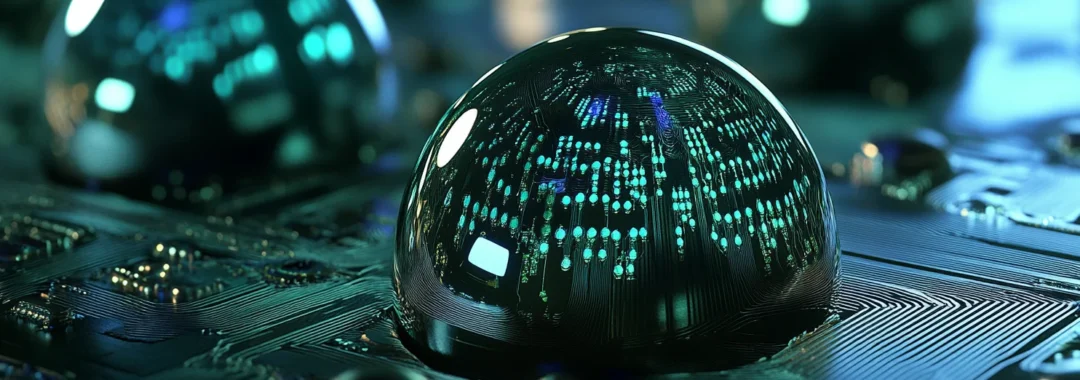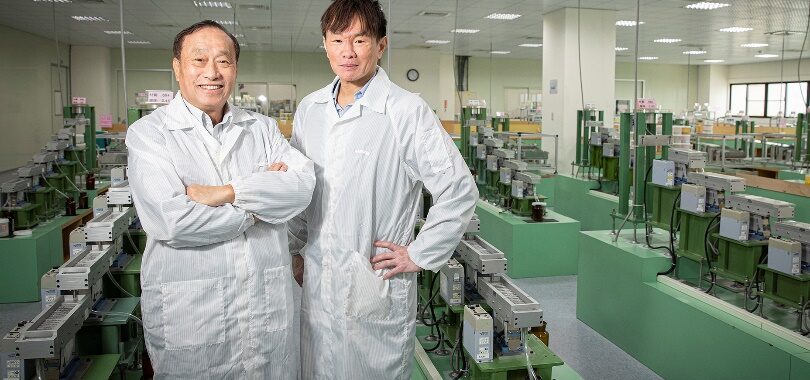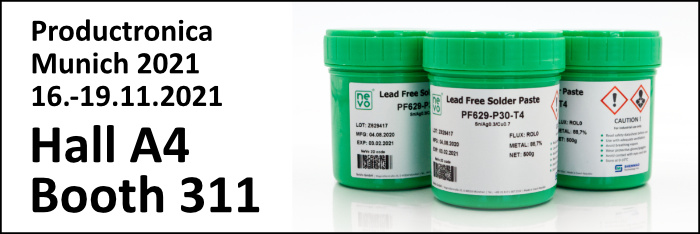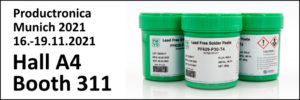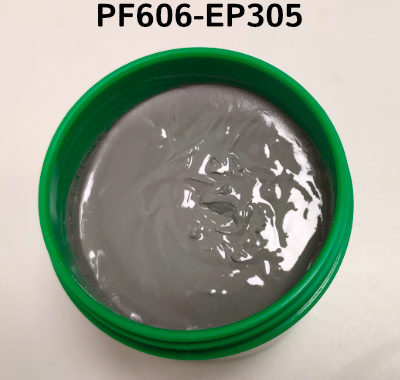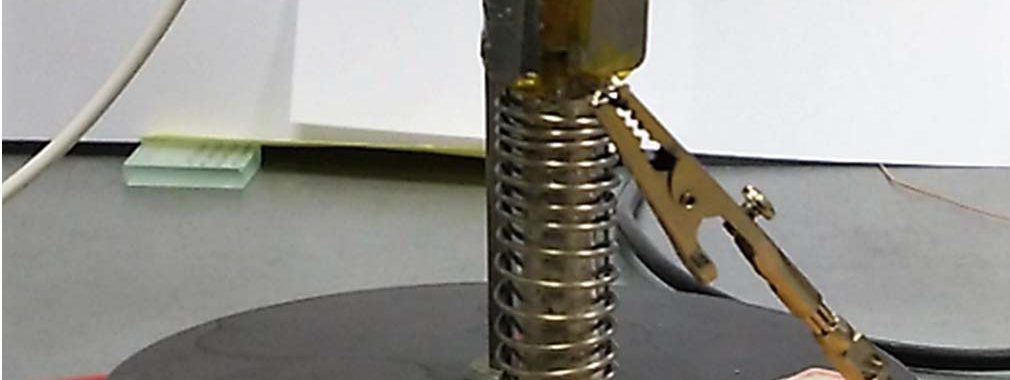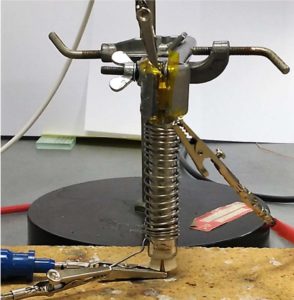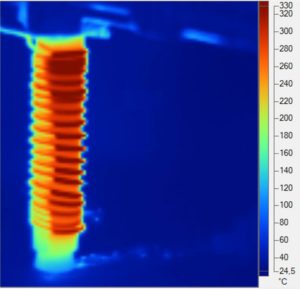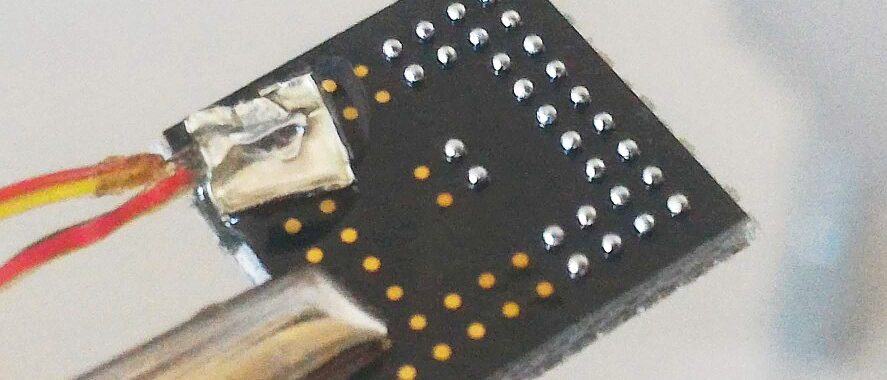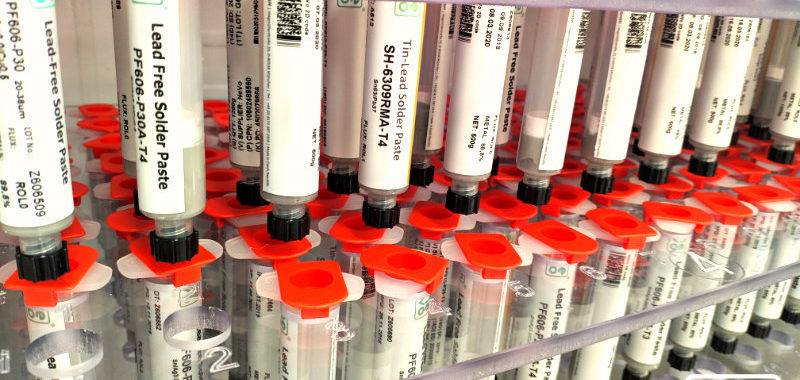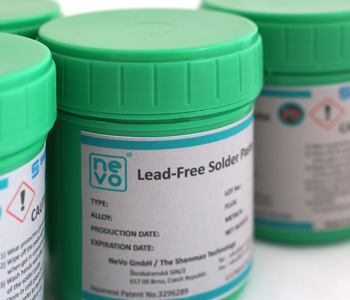SHENMAO America, Inc. announced that its soldering materials have achieved UL ECVP 2809 certification for recycled content, which now includes a social responsibility audit.
The company is focusing on tin alloy recycling as a key strategy for developing environmentally friendly solder products, thereby reducing its carbon footprint and strengthening ESG initiatives. It is implementing recycling and waste policies in line with regulations and optimizing waste management across its operations.
Products such as solder paste, bars, wire and BGA balls now contain a minimum of 80% recycled content, with tin sourced from 100% recycled materials. In addition, SHENMAO guarantees that their quality meets or exceeds the standards of virgin materials.
With the growing demand for recycled tin, SHENMAO’s sustainable solutions are gaining increasing market acceptance. Through innovation and a responsible approach, the company is setting a new standard for green manufacturing in the electronics industry.
See full article – link
